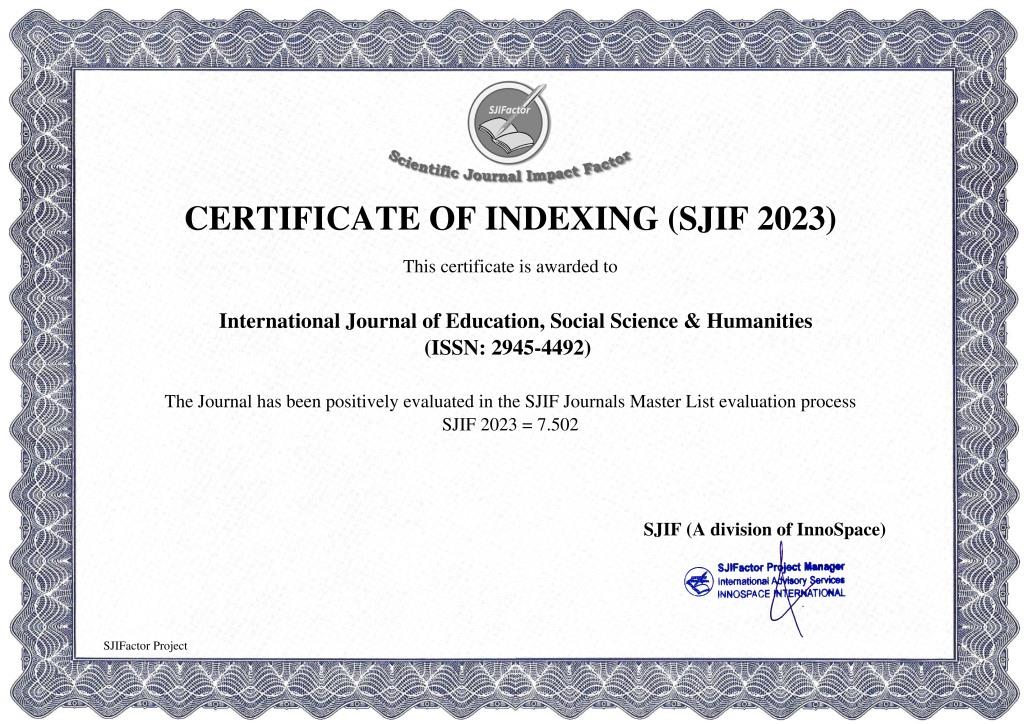DIRECTIONALITY AND CONTEXT EFFECTS IN WORD TRANSLATION TASKS PERFORMED BY CONFERENCE INTERPRETERS
Keywords:
conference interpreting; word translation; directionality; bidirectional interpreters; interpreting.Abstract
Professional interpreters hired by multinational organisations often work into their L1 from their L2, whereas freelance interpreters work both into and out of their L1. A research was designed to examine if long-term interpreting unidirectional practise (in the L2-L1 direction only) improves the speed of lexical retrieval exhibited by reduced translation latencies, as opposed to bidirectional practise (in the L2-L1 and L1-L2 directions). Oral translations of nouns presented in isolation, high context constraint sentences, and low context constraint sentences were provided by 48 professional conference interpreters. The findings show that the dominating directionality in interpreting practise has minimal influence on the strength of interlingual lexical linkages in the interpreter's mental lexicon, or that other factors (such as language usage, exposure, and immersion) may counterbalance any such influence. The study also discovered an expected context effect, indicating that interpreters employ semantic constraint to predict sentence-ending terms.
References
AIIC. 2014. “Regulation governing admissions and language classification”. Available at . Last accessed 06 Aug 2015.
Altarriba, J., J.F. Kroll, A. Sholl and K. Rayner. 1996. “The influence of lexical and conceptual constraints on reading mixed-language sentences: Evidence from eye fixations and naming times”. Memory and Cognition 24(4). 477–492.
Baayen, R.H., D.J. Davidson and D.M. Bates. 2008. “Mixed-effects modeling with crossed random effects for subjects and items”. Journal of Memory and Language 59(4). 390–412.
Barr, D.J., R. Levy, C. Scheepers and H.J. Tily. 2013. “Random effects structure for confirmatory hypothesis testing: Keep it maximal”. Journal of Memory and Language 68(3). 255–278.
Bartłomiejczyk, M. 2006. “Strategies of simultaneous interpreting and directionality”. Interpreting 8(2). 149–174.
Bates, D. 2007. “Linear mixed model implementation in lme4”. (Unpublished manuscript, University of Wisconsin-Madison.)
Chang, C. 2005. Directionality in Chinese/English simultaneous interpreting: Impact on performance and strategy use. (PhD dissertation, University of Texas at Austin.)
Chernov, G.V. 1992. “Conference interpretation in the USSR: History, theory, new frontiers”. Meta 37(1). 149–162.














